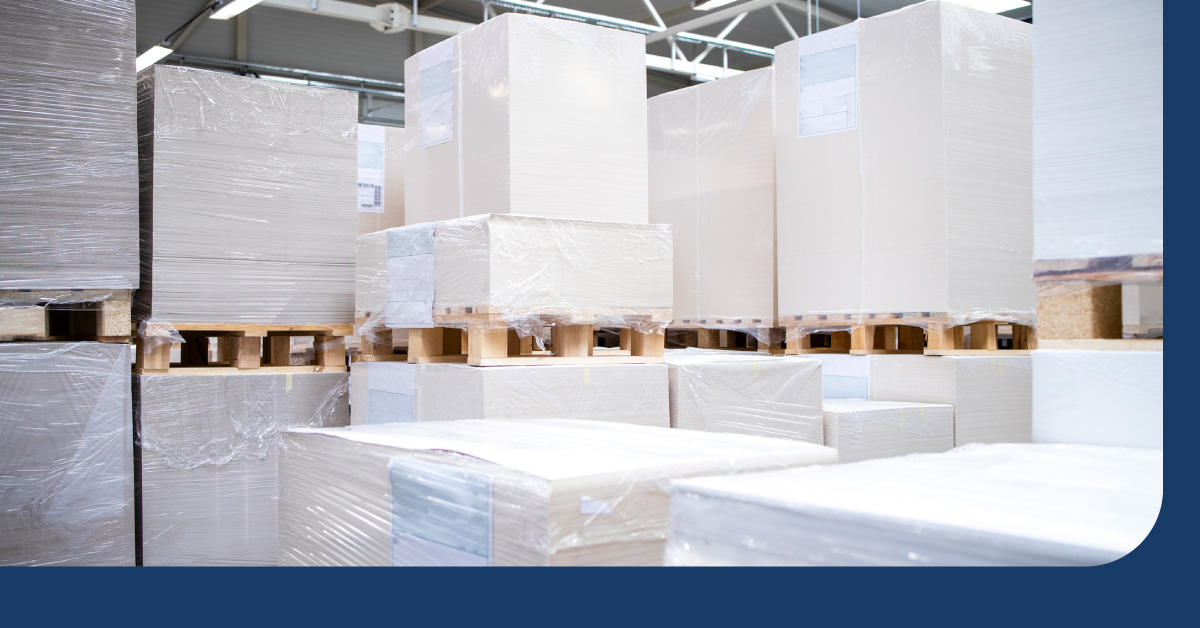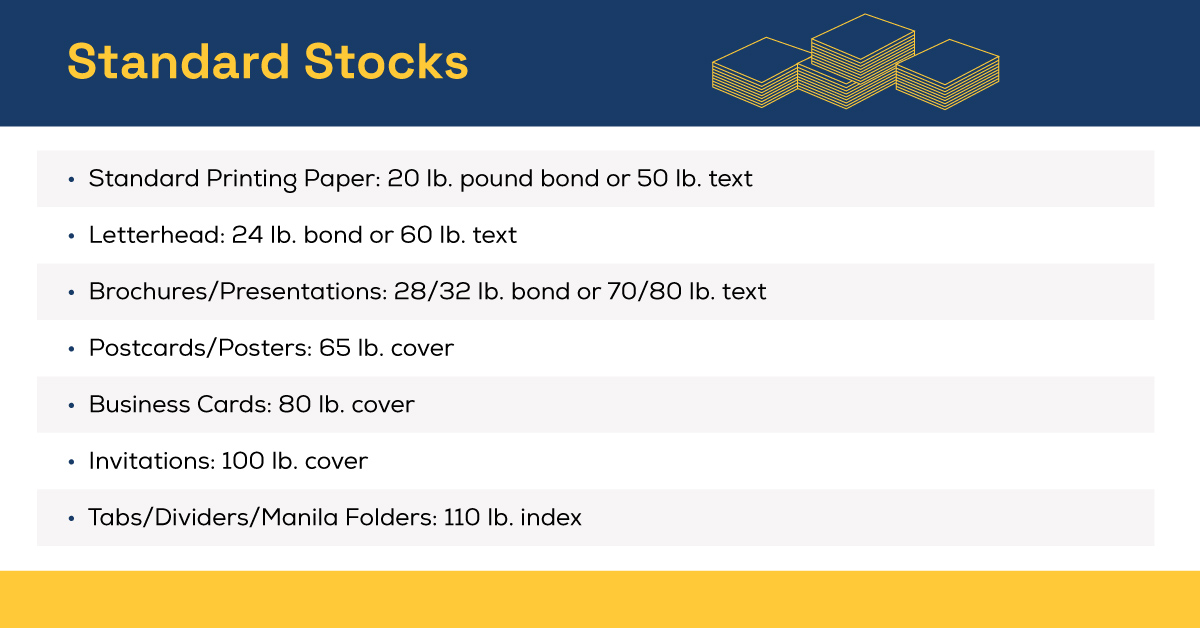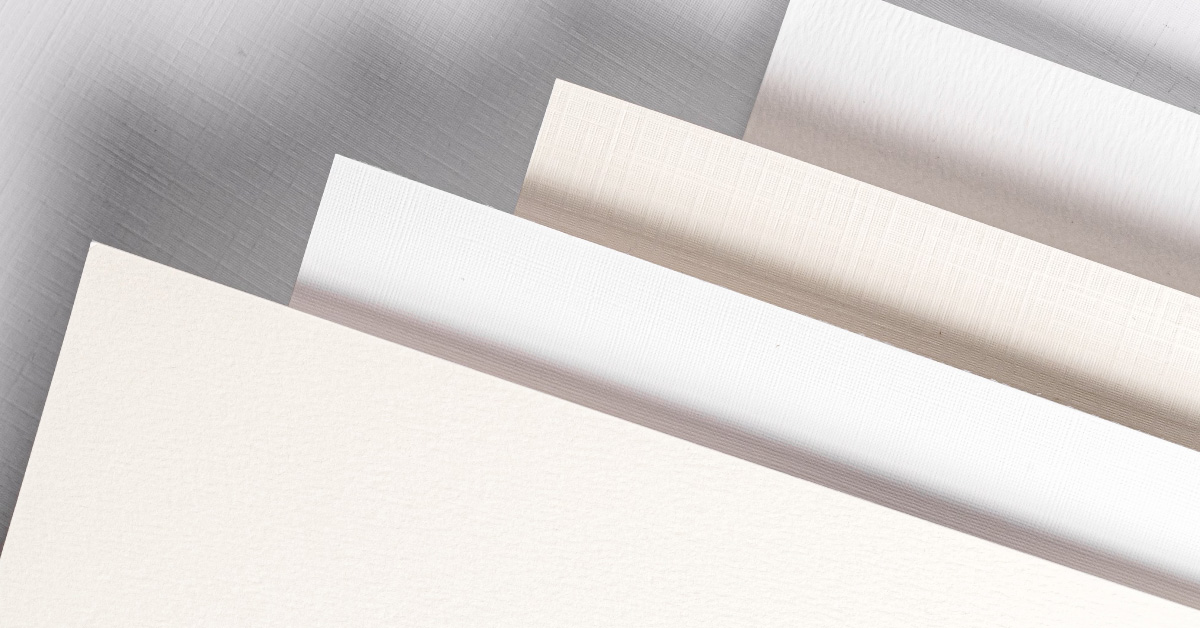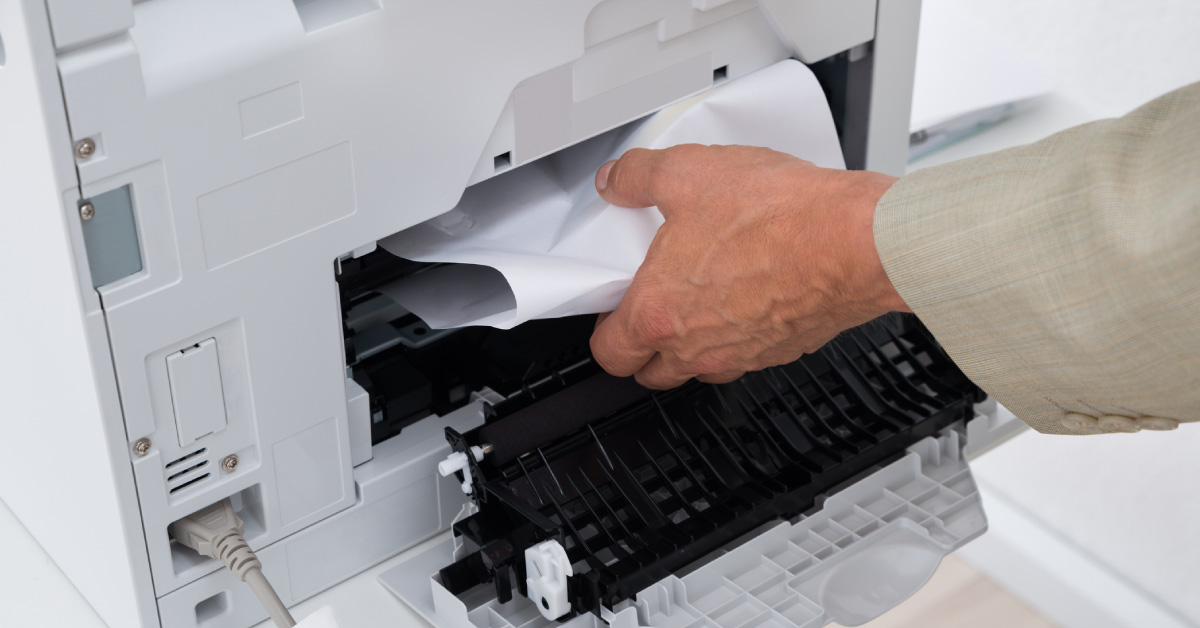Poor-quality print projects are typically blamed on low toner, running out of one color, paper jams, or improper alignment. But one factor most people often forget about is using the incorrect paper weight.
There are numerous weights available for paper stock, and each has its own specialized use in printing. Below is a description of paper weights and their proper use, so you can avoid poor quality prints.
What Is Paper Stock?

Paper stock is just the type of paper you need for a particular printing job. Most people think of paper stock in terms of color or grain. But paper stock is actually determined first by weight, which affects its thickness and stiffness.
When paper is measured, it is based on a standard size sheet, and standard paper weights are based on a quantity of 500 sheets. Figuring paper stock is usually simple — just compare different stocks by the weight of the pages. However, some paper weights are determined by 1,000 sheets, so you might need to do some math now and then.
Don’t worry — if you ever need some quick help on ordering, you can download our Paper Weight Conversion Chart for a quick guide to commonly used paper stocks.
Common Printer Paper Weights
There are numerous classifications of paper stock, each with its own weight. The following are some of the more common types you should be aware of:
1. Bond Paper
This is the standard paper used in copiers and printers in offices around the world. Also referred to as writing paper, the standard weights for bond paper include 16, 20, 24, 28, 32, and 36 pounds.
2. Text Paper
Most frequently used in commercial printing operations, text paper is typically featured on stationery and letterhead print jobs. Text paper is commonly offered in weights of 50, 60, 70, 80, and 100 pounds.
3. Cover Paper/Card Stock
Cover paper — or card stock — is a heavy, stiff paper that is available in a variety of colors and finishes. Weights range from as low as 50 pounds to as high as 120 pounds.
4. Bristol Paper
Originating in the town of Bristol, England, this kind of paper harkens back to the days when paper was made from rags. This extremely thick, heavy paper is often used in creating book covers or wedding invitations. It is available in either 67 or 120 pounds.
5. Index Paper
As the name suggests, this paper is used for index cards or postcards. Fairly stiff and inexpensive, index paper is available in 90, 110, and 140 pounds.
6. Tag Paper
This durable paper is used for everyday purposes like retail signage and is available in weights ranging from 100–200 pounds.
Pro tip: As the weight increases within each paper type, so does the thickness or sturdiness of the paper. It can get confusing when you compare paper weight across paper types. For example, 20 lb. bond paper has an equivalent weight of 28 lb. cover paper. However, cover paper isn’t typically sold in this weight!
The Effects of Paper Weight on Printing
On its own, paper weight shouldn’t affect print quality as long as you’re using equipment that’s up to the job. Thicker, smoother paper can feel more high-end, but not all printing devices can handle them.
How To Choose the Right Paper Weight
While modern multifunction printers are designed to work with a variety of paper weights, there are few printers that can perform at a high level using ALL paper weights. The type of printer and the type of print job are going to play major roles in the final product you receive in the printer tray.
This paper — clocking in at 20 lbs. — is the most common paper found in offices. It’s lighter weight, which means it’s jam-resistant, economical, and flexible. Common uses include high-volume print jobs, faxes, and everyday print jobs.
You can use mid-range paper weights in higher-end multifunction devices and inkjet/laser printers. These heavier paper weights are more versatile, less translucent, and tend to provide a smoother finish, which makes them perfect for business proposals, presentations, and documents geared toward customers, like direct mailers.
This paper should be left to commercial printers and specific inkjet/laser printers. Sturdy paper can offer the smoothest finishes, clearer colors, and the least translucence, which makes it great for signs, flyers, professional presentation materials, and as cover material for documents.
Standard Stocks for Specific Purposes
There are standard stocks used in everyday printing situations or for common projects. When purchasing paper for your company, this may be a handy cheat sheet for you to reference.

Color, Finish, and Size

The weight of paper isn't the only factor that can affect printing. Here’s an overview of common colors, finishes, and paper sizes.
Colored Paper
Most paper suppliers carry a standard stock of pastels (blue, yellow, green, pink, goldenrod, purple, salmon, cream, turquoise, and gray), brights (blue, green, yellow, red, pink, orange, gold, and purple) and neutrals (tan, cream, buff, and ivory). Keep in mind, however, that printing on colored paper can alter how different colors and shades of toner appear.
Paper Finishes
Paper comes in various types of finishes or textures. Here are some of the standard paper finishes:
- Embossed, which has a raised appearance
- Vellum, which has a subtle roughness
- Smooth, which has an exceptionally even surface
- Cockle, which simulates the look of handmade paper
Paper Size
Finally, all types of paper can be found in a variety of sizes. Common sizes include letter, legal, and tabloid. Sometimes having the right paper dimensions selected can mean the difference between a high-quality print and something that's destined for the recycling bin!
Printer Compatibility

Unfortunately, it isn’t one-size-fits-all when it comes to paper choice and printer compatibility. Certain printers can handle certain paper weights; if you feed your printer a paper weight that it cannot handle, it will typically jam or produce poor-quality results.
And…if that sounds exactly like what you’re frequently experiencing in your office, it might be time to upgrade your printing equipment. Printers get a bad reputation for being finicky, but what we often find is:
- They’re not being maintained properly
- They’re being asked to do things they weren’t designed for
If your equipment isn’t meeting your needs, it’s probably causing a lot of frustration for everyone in your office. And if your printer is outdated, it’s probably costing you more than it’s worth. Shopping for printers can be difficult, which is why we’ve designed an online tool to help you cut down on the research phase.
Click below to use our 2-minute printer/copier finder!

